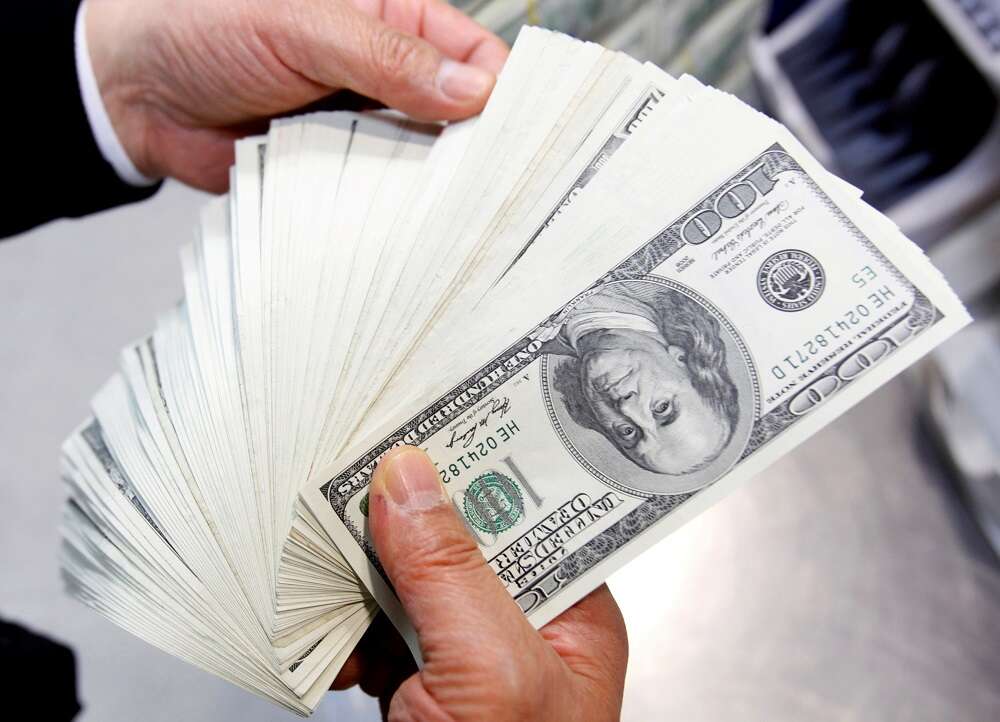
By Sinéad Carew and Dhara Ranasinghe
LONDON/NEW YORK (Reuters) – MSCI’s global index of stocks hit its lowest level in almost two years on Tuesday while oil prices sank on fears about the potential for a global recession as central banks rapidly increase interest rates in an effort to tame inflation.
Adding to pressure were concerns about the upcoming third quarter earnings season and a U.S. inflation report, along with escalation in the Russia-Ukraine war and COVID-19 cases in China.
In addition, the International Monetary Fund on Tuesday warned of a disorderly repricing in markets, saying global financial stability risks have increased, raising the risks of contagion and spillovers of stress between markets.
U.S.-led NATO said member states were boosting security as G7 leaders condemned Russia’s escalating attacks in Ukraine. Russian missiles pounded Ukraine for a second straight day, after dozens of air raids on Monday that killed 19 people, wounded more than 100 and cut power supplies.
“It’s just the consistent lack of good news. Russia’s increased attacks on Ukraine is probably the larger story, but the continued fear about inflation and the concern about coming earnings numbers are all weighing on the market,” said Rick Meckler, partner at Cherry Lane Investments.
The Dow Jones Industrial Average rose 41.48 points, or 0.14%, to 29,244.36; the S&P 500 lost 24.5 points, or 0.68%, to 3,587.89; and the Nasdaq Composite dropped 117.27 points, or 1.11%, to 10,424.83.
The pan-European STOXX 600 index lost 0.70% and MSCI’s gauge of stocks across the globe was down 1.00%. Earlier in the session, the MSCI index had fallen 1.5% to 549.19, its lowest level since Oct. 30, 2020.
Emerging market stocks were down 2.25% after hitting their lowest level since April 2020 and are on track for a near-30% tumble year-to-date, its biggest annual decline since the 2008 global financial crisis.
Exacerbating global growth worries was news from China that Shanghai and other big Chinese cities have ramped up testing for COVID-19 as infections rise, with some local authorities hastily closing schools, entertainment venues and tourist spots.
GILT RESPITE
Also impacting the global market was the Bank of England’s latest efforts to shore up the battered bond market.
Citing a “material risk” to financial stability, the BoE said it would buy up to 5 billion pounds of index-linked debt per day from Tuesday until the end of the week.
Bonds globally have been sideswiped by the rout in UK government bonds, known as gilts, pushing yields on U.S. Treasuries up sharply on fears that UK pension funds were being forced into fire sales of assets.
Benchmark 10-year notes were up 2.5 basis points to 3.910%, from 3.885% late on Friday. The 30-year bond last fell 28/32 in price to yield 3.8963%, from 3.842%. The 2-year note last rose 2/32 in price to yield 4.2786%, from 4.308%. [US/]
The U.S. dollar edged higher in choppy trading, adding to recent gains ahead of a key inflation report later this week that is expected to show persistently strong price pressures.
Overall, dollar sentiment has remained positive as worries about rising interest rates and geopolitical tensions have unsettled investors, while Japan’s yen hovered near the level that prompted last month’s intervention.
In currencies the euro was up 0.05% against the dollar at $0.9705. The Japanese yen was flat versus the greenback at 145.70 per dollar, while Sterling was last trading at $1.108, up 0.23% on the day. [FRX]
Japanese Finance Minister Shunichi Suzuki said the United States showed understanding to “a certain extent” on Tokyo’s currency market intervention last month, giving Japan’s first public indication of U.S. backing for the move.
In commodities oil prices fell, extending the previous session’s decline, as recession fears and a flare-up in COVID-19 cases in China raised concerns over global demand. [O/R]
U.S. crude recently fell 1.6% to $89.67 per barrel and Brent was at $94.67, down 1.58% on the day.
Gold wobbled near a one-week low with price moves restrained as investors sat tight before the upcoming U.S. inflation report that is expected to reinforce the Federal Reserve’s bullish stance.
Spot gold added 0.1% to $1,669.50 an ounce. U.S. gold futures gained 0.26% to $1,671.60 an ounce.
(Reporting by Sinéad Carew in New York, Dhara Ranasinghe in London; Additional reporting by Bansari Mayur Kamdar in Bengaluru, Samuel Indyk in London ; Editing by Jacqueline Wong and David Evans)


